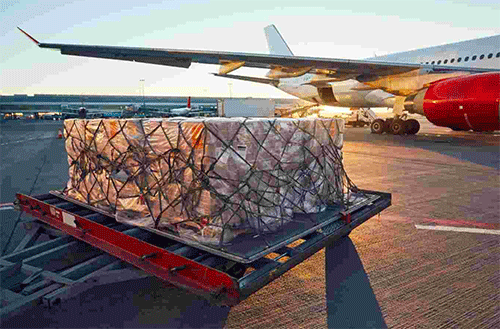The International Air Transport Association (IATA) released data for October 2023 on global air cargo markets, which indicates the third consecutive month of stronger year-on-year demand. This is as African airlines saw air cargo volumes increase by 2.9% in October 2023, which is a marked improvement compared to September’s performance (-0.1%). African carriers benefitted from the strongest annual growth since May (+16.7%) as the continent’s capacity remained 9.8% above October 2022 levels.
Meanwhile, global demand, measured in cargo tonne-kilometres (CTKs), increased by 3.8%, compared to October 2022. For international operations, the demand lagged slightly at 3.5%.
In addition, global capacity, measured in available cargo tonne-kilometres (ACTKs), was up 13.1%, compared to October 2022 (11.1% for international operations). This was largely related to the growth in belly capacity. International belly capacity, for example, rose 30.5% year-on-year on the strength of passenger markets.
“Demand for air cargo was up 3.8% in October. That marks three consecutive months of year-on-year growth, placing air cargo on course to end 2023 on a much stronger footing than it began the year. Recovering demand, slightly stronger yields, and the uptick in trade are all good news. But with demand still 2.4% below pre-pandemic levels, and much uncertainty remaining over the trajectory of the global economy, optimism must be balanced with caution. Nonetheless, a continued strong peak year-end season will certainly help the sector to manage through whatever turns the global economy might take in 2024,” said Willie Walsh, IATA’s Director General.
Other operating factors which influenced the latest figures include a slowing economy, easing inflation, and stabilising global trade.
Global economic activities slowed in October, with the Purchasing Managers’ Index for manufacturing output and export orders for major economies (excluding the US) remaining below the critical 50 mark.
In addition, inflation in major advanced economies continued to ease from its peak in terms of Consumer Price Index (CPI), reaching between 3% and 4% for the US and for the EU respectively, in October. China’s CPI, however, indicated deflation for the second time this year, raising concerns of an economic slowdown.
Moreover, global trade reversed its downward trajectory, and stabilised in September. Although below its 2022 peak, global cross-border trade is more than 5% above pre-pandemic levels. And, after a continuous 17-month decline, air cargo yields ticked up in September, and continued into October with a 2.6% month-on-month gain, remaining well above pre-pandemic levels.


